In the mid-20th century, the automobile industry witnessed a unique innovation—the integration of vinyl record players within cars. This brief trend, often seen as a symbol of luxury, was a reflection of the era’s cultural and technological aspirations. But why did this feature not stand the test of time, and what led to its initial popularity?
The Birth of In-Car Entertainment
Cultural Context of the 1950s and 1960s
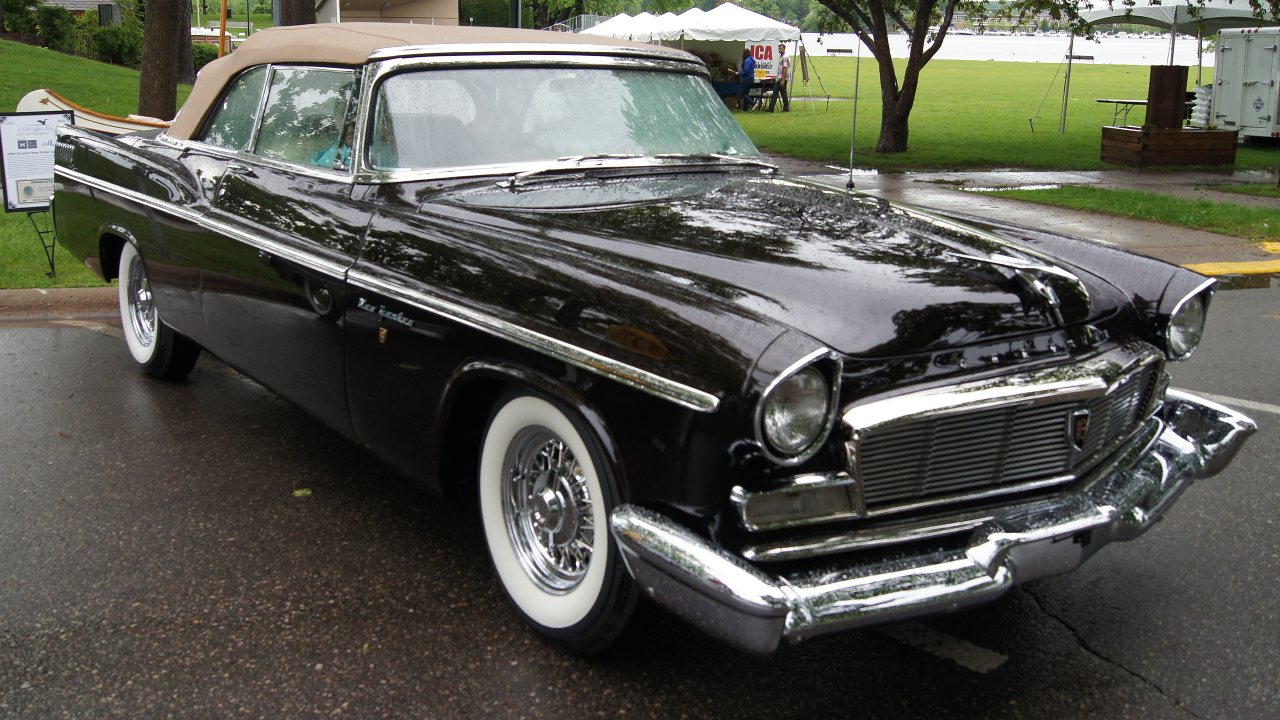
The 1950s and 1960s were marked by a post-war economic boom that led to an increased focus on luxury and leisure. During this era, the American Dream was in full swing, and cars became more than just a mode of transportation—they were a status symbol. People wanted their vehicles to reflect their taste and affluence, and the idea of in-car entertainment began to gain traction. This was a time when owning a car with a built-in vinyl record player was the pinnacle of opulence.
Incorporating a record player into a car was not just about music; it was about embracing a lifestyle that valued convenience and luxury. The cultural context of the time, which celebrated innovation and modernity, made it a coveted feature. As rock and roll and other music genres gained popularity, having the ability to listen to records while cruising down the highway became an attractive concept for many.
Technological Innovation
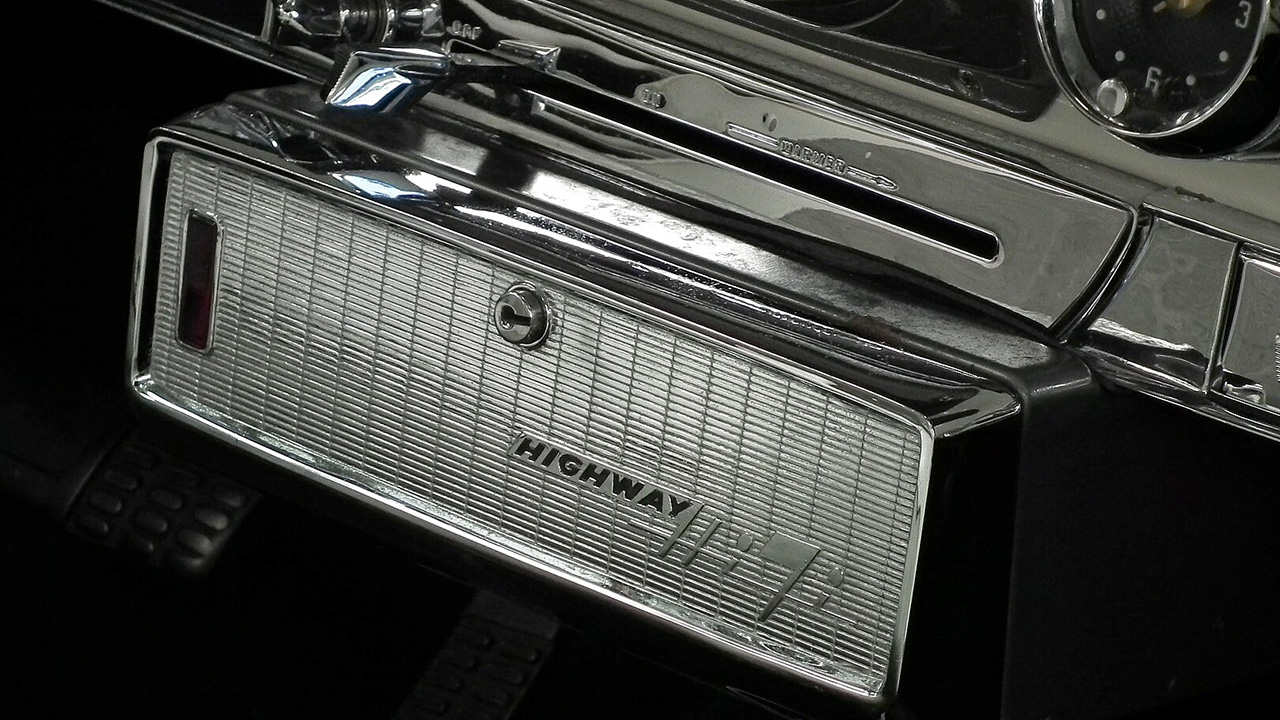
Advancements in technology played a crucial role in making in-car record players a reality. Engineers and designers were tasked with developing a system that could function within the confines of an automobile. Given the state of technology at the time, this was no small feat. Traditional record players were not designed to withstand the movement and vibrations associated with driving.
Nevertheless, companies such as Chrysler and RCA took on the challenge. They developed systems like the RCA Victor and the Highway Hi-Fi, which were specifically designed to operate in a car environment. These systems used special records with smaller grooves, allowing for more music to be played on each side. The technological leap required for such an innovation was significant, marking a milestone in the evolution of in-car entertainment.
Engineering Challenges and Solutions
Vibration and Audio Quality
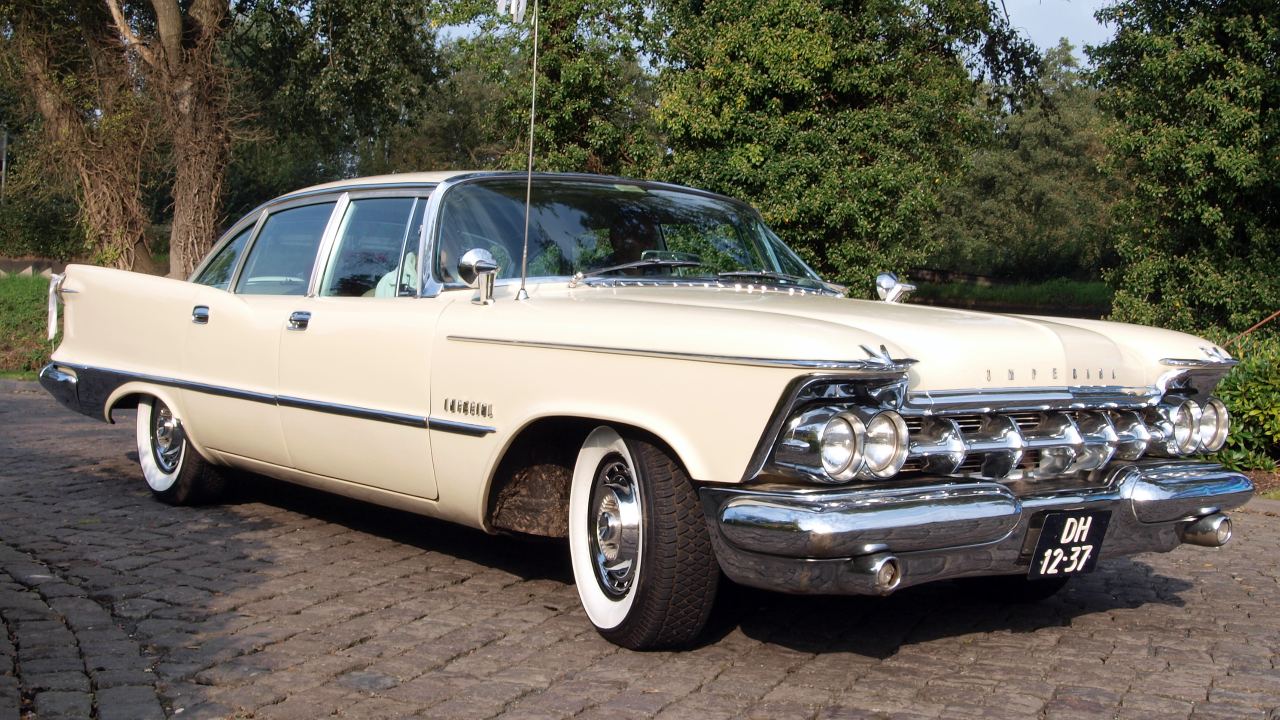
One of the primary challenges engineers faced was the issue of vibration. Driving a car involves constant movement, which can severely affect the delicate needle of a record player. This was a significant hurdle, as even the slightest jolt could cause the needle to skip, leading to poor audio quality.
To overcome this, engineers developed various solutions to stabilize the record player. Special shock-absorbing mounts were designed to minimize the impact of vibrations. Despite these efforts, achieving high audio quality remained difficult, and the systems were often sensitive and required careful handling. The struggle to balance movement and sound quality was a persistent issue that ultimately limited the practicality of in-car record players.
Design Modifications
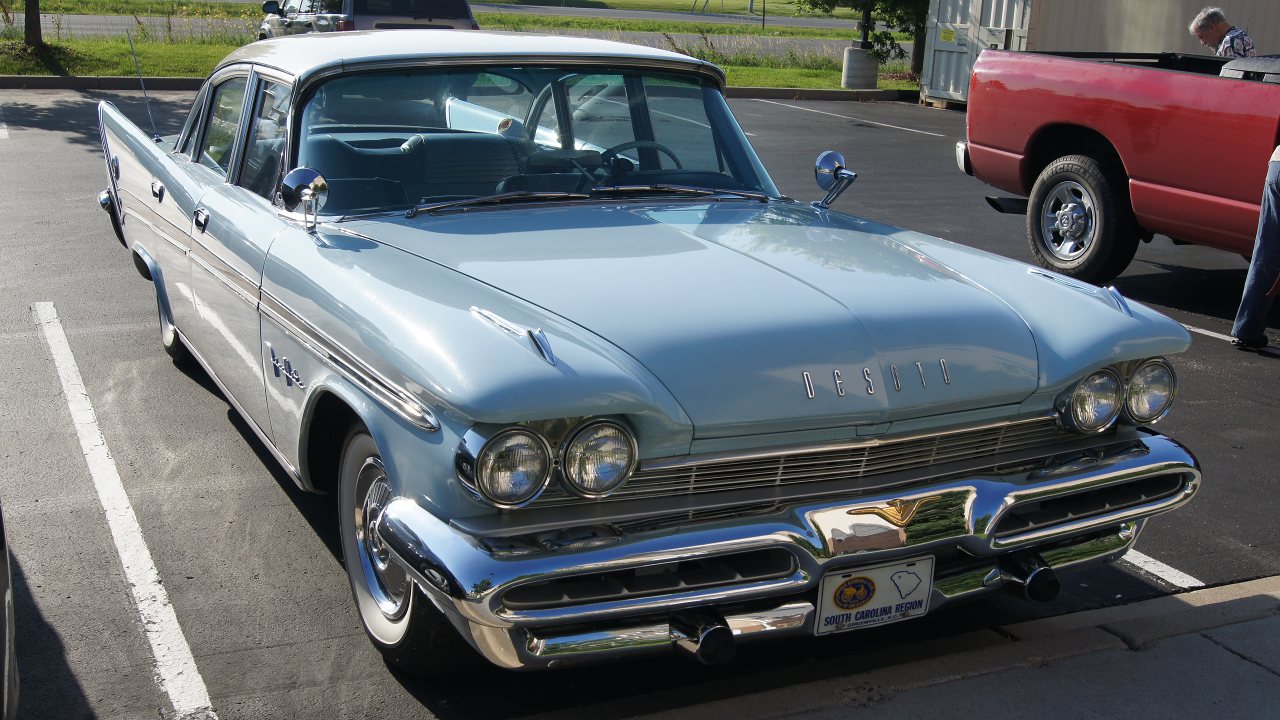
The design of in-car record players also had to be specially modified to fit within the constraints of a vehicle. These devices were typically installed under the dashboard or in the glove compartment, requiring compact and innovative designs. Engineers had to ensure the players were easily accessible while being securely mounted to avoid any movement during travel.
Despite these efforts, the limitations of the technology meant that the idea was never fully practical. The players were often prone to malfunction if not handled with care, and the modifications added to the complexity and cost of production. These challenges were significant factors in the eventual decline of this innovative feature.
Market Appeal and Consumer Experience
Target Demographic
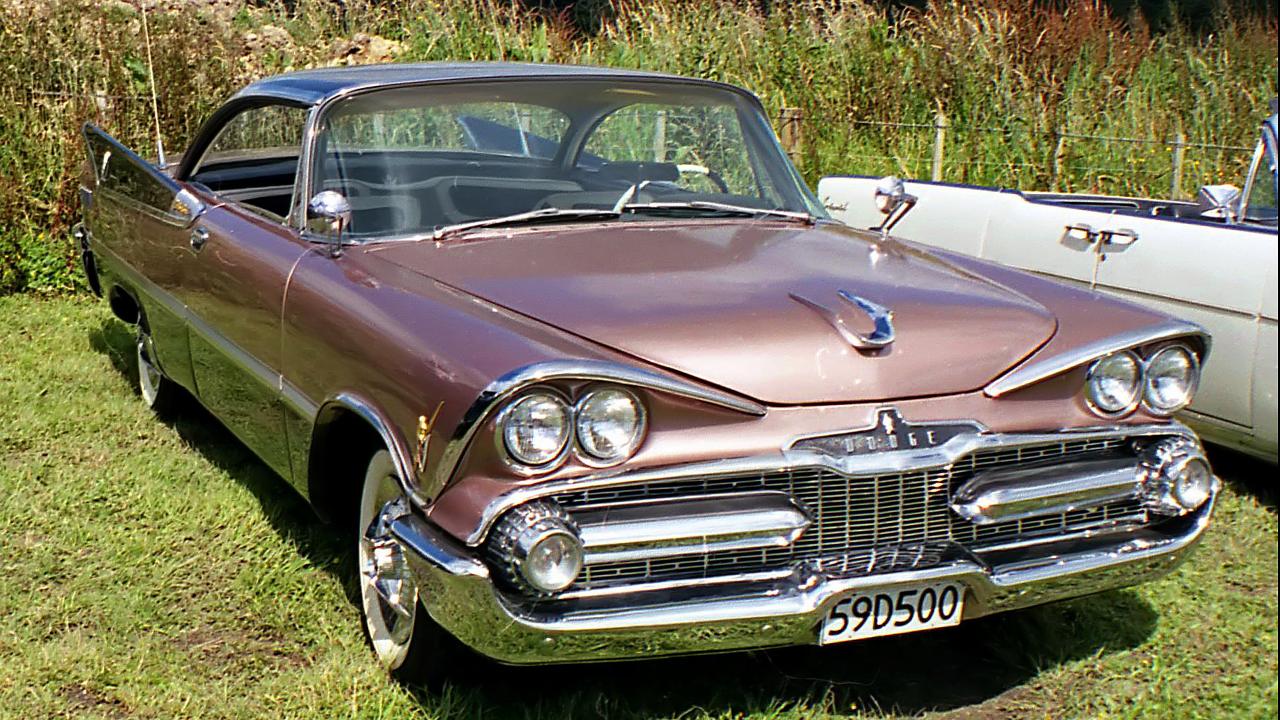
The in-car record player was targeted toward a specific demographic: affluent consumers who valued luxury and were early adopters of new technology. Owning a car with a built-in record player was a status symbol, reflecting the owner’s sophisticated taste and modern lifestyle. It appealed to those who wanted the latest in automotive luxury, making it an attractive option for the well-to-do.
Manufacturers marketed these systems as exclusive features that set their vehicles apart from others on the road. The record players were positioned as must-have accessories for the discerning car owner, enhancing the allure of the vehicles they were installed in. This exclusivity helped drive initial interest, even as practical challenges persisted.
User Experience
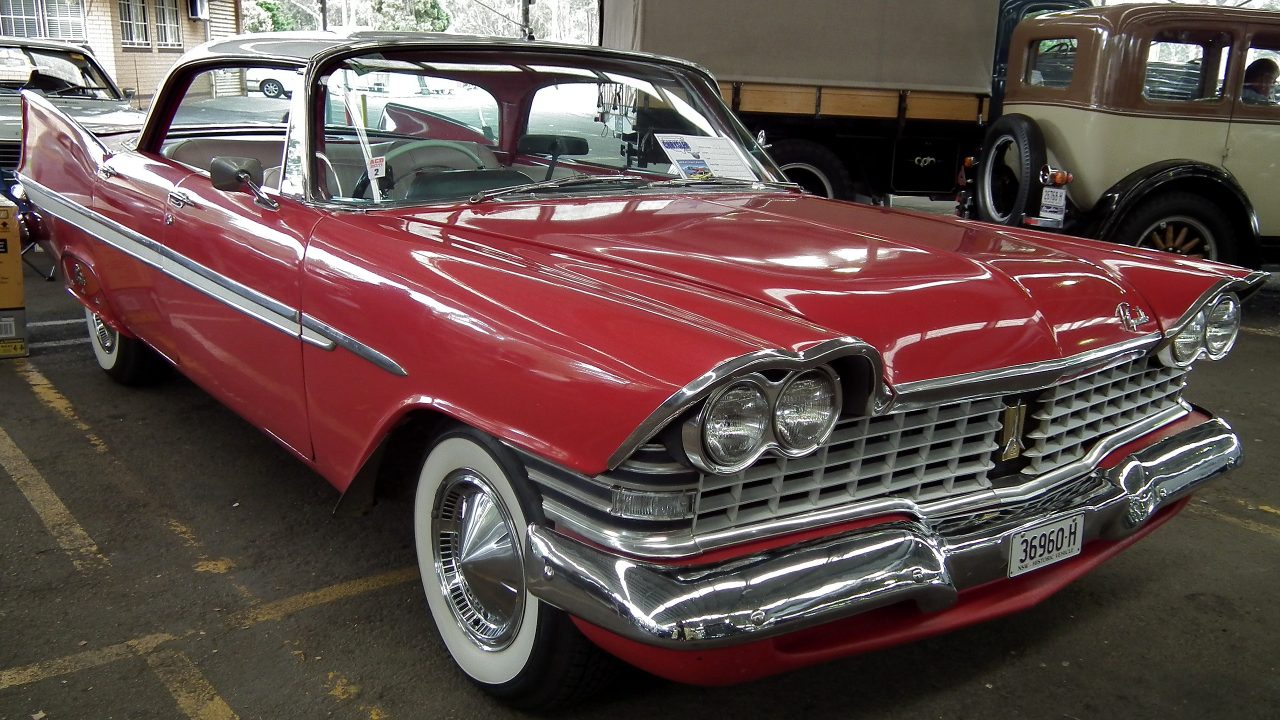
Despite the appeal, practicalities and inconveniences quickly became apparent to users. The limited music selection was one issue; the records used in these players were often short-play formats, meaning frequent changes were necessary. This was not ideal for long drives, where continuous music was preferred.
Additionally, the need for careful handling to avoid skipping made the experience less user-friendly than anticipated. While the idea of listening to records in the car was enticing, the reality often fell short of expectations. These practical challenges, combined with the emergence of more convenient alternatives, contributed to the decline of in-car record players.
Why Record Players Disappeared from Cars
Technological Advancements
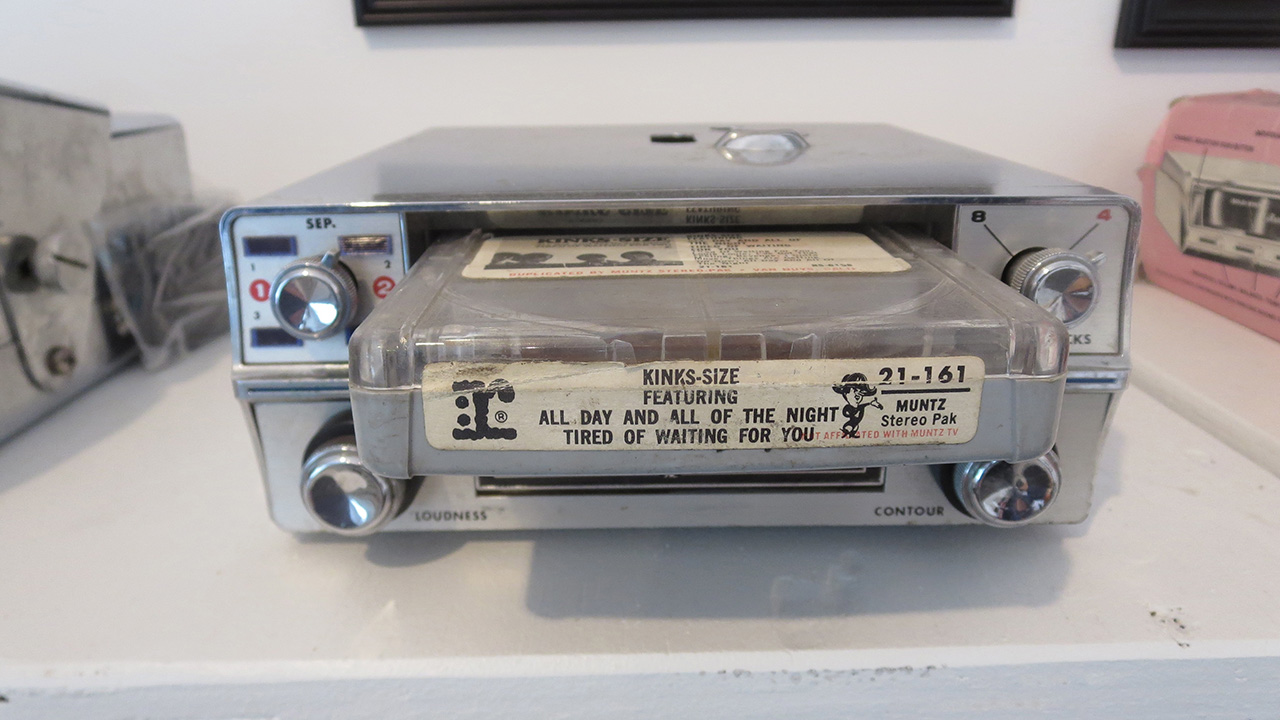
As the 1960s progressed, new technologies began to emerge that offered more reliable and user-friendly alternatives. The advent of the 8-track tape and later cassette tapes provided a more practical solution for in-car audio. These formats were less susceptible to the issues of vibration and skipping, making them far more suitable for use in a moving vehicle.
The convenience and reliability of these new audio options quickly overshadowed the novelty of in-car record players. They allowed for longer playtimes and easier handling, meeting consumer demand for a more practical and enjoyable in-car listening experience. As a result, record players were phased out in favor of these more advanced technologies.
Cost and Practicality
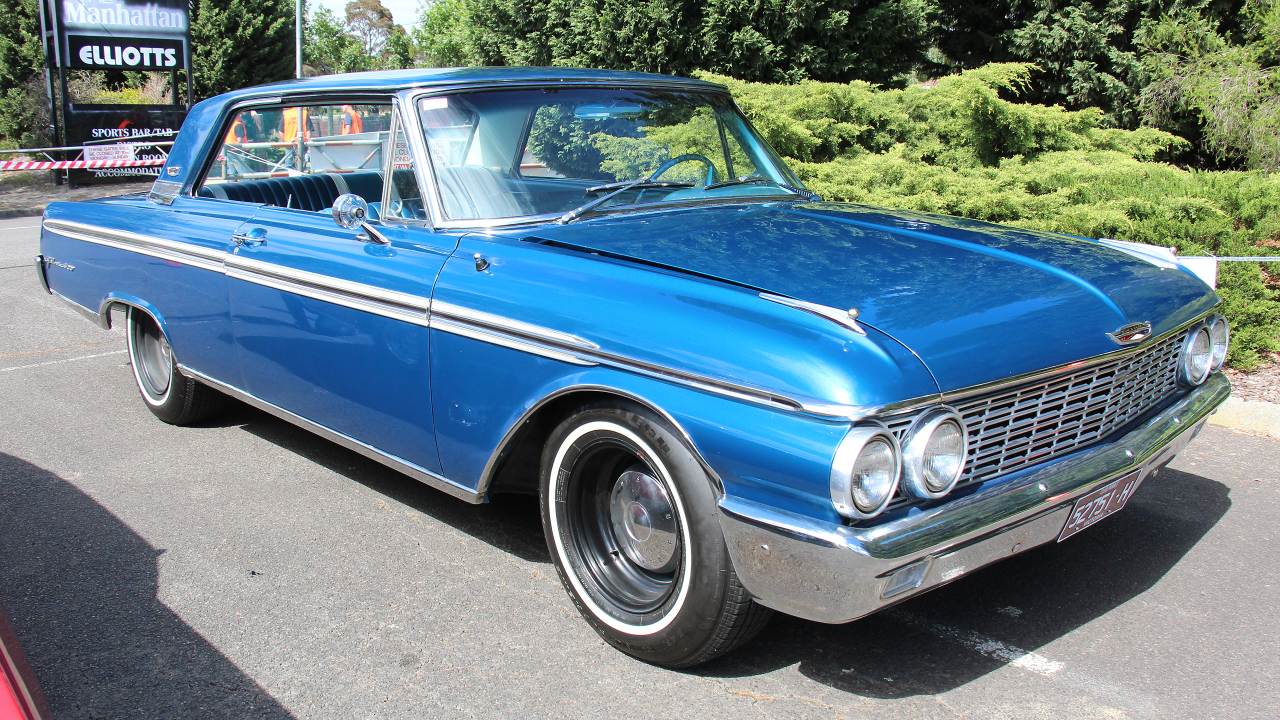
The cost implications of manufacturing and maintaining in-car record players also played a role in their decline. The complexity of the systems and the need for specialized components made them expensive to produce and buy. For consumers, the added cost did not justify the limited practicality and frequent issues associated with the players.
Manufacturers, recognizing the shift in consumer preferences and technological advancements, began to focus on more cost-effective and reliable audio solutions. This pragmatic approach led to the phasing out of record players, as they no longer aligned with the evolving market demands.
Legacy and Modern Resurgence
Nostalgia and Collectibility
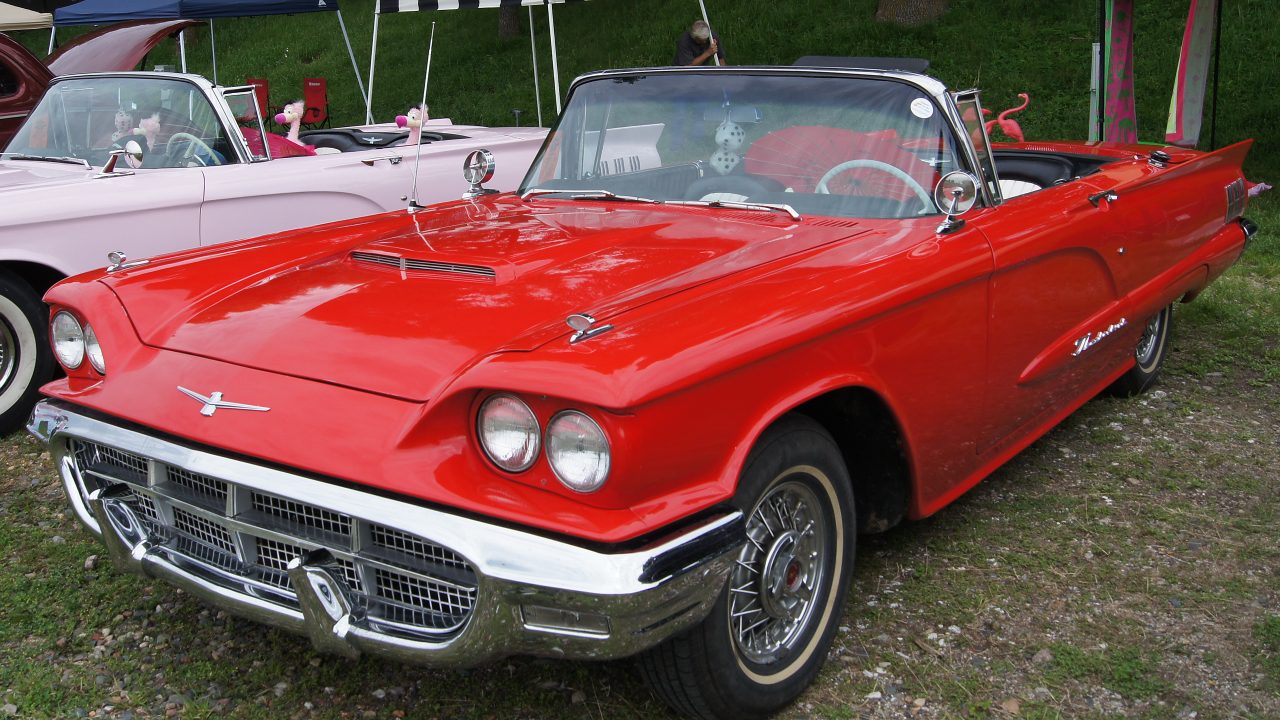
Today, in-car record players have become a point of nostalgia and are highly sought after by collectors. Their rarity and uniqueness make them a fascinating piece of automotive history. Enthusiasts are often drawn to the novelty and charm of these devices, appreciating them as a symbol of a bygone era of innovation and luxury.
Collectors value these record players not only for their historical significance but also for the stories they tell about the cultural and technological landscape of the mid-20th century. As such, they remain a coveted item for those interested in the intersection of music and automotive history.
Modern Retro Trends
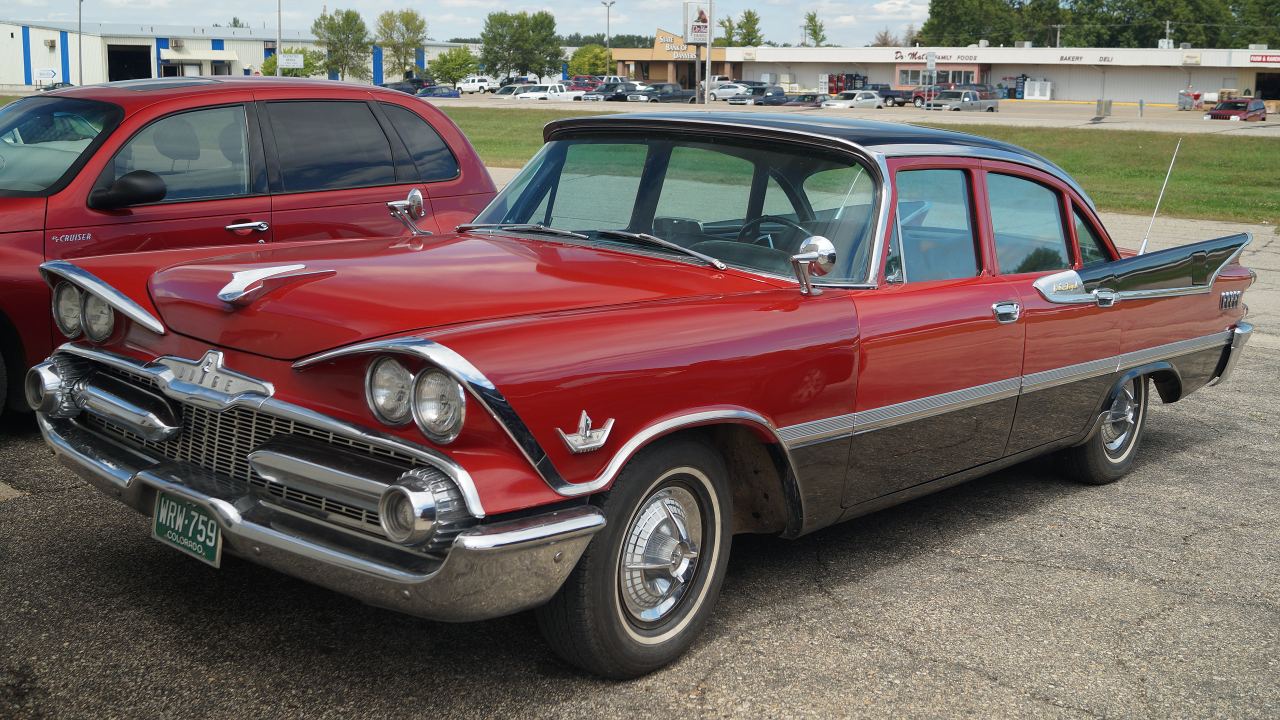
The influence of retro trends can be seen in modern car accessories, as designers draw inspiration from classic features. The vintage appeal of in-car record players has inspired contemporary designs, as car manufacturers seek to tap into the nostalgia for mid-century style. This revival reflects a broader trend of blending old-school charm with modern technology.
While the original in-car record players may have fallen by the wayside, their legacy lives on, influencing modern design and sparking interest in a unique chapter of automotive innovation. The story of in-car record players is a testament to the ever-evolving nature of technology and consumer preferences.
Like Fast Lane Only’s content? Be sure to follow us.
Here’s more from us:
*Created with AI assistance and editor review.

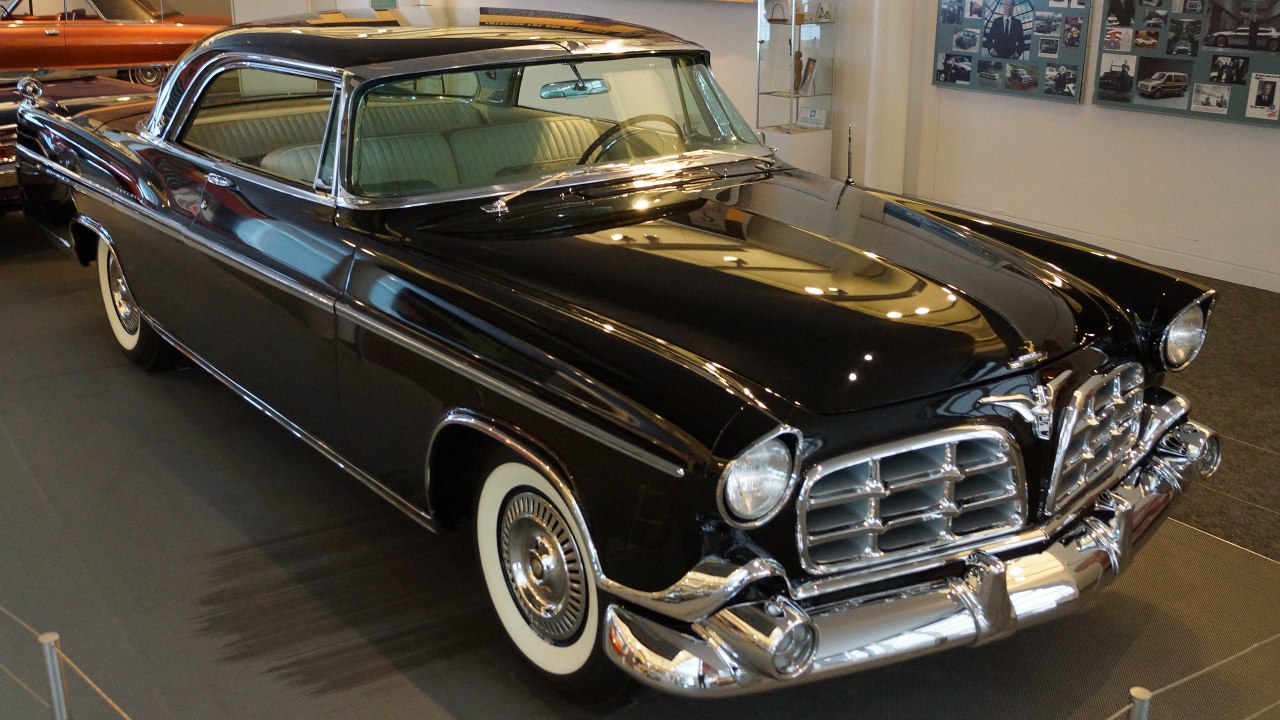
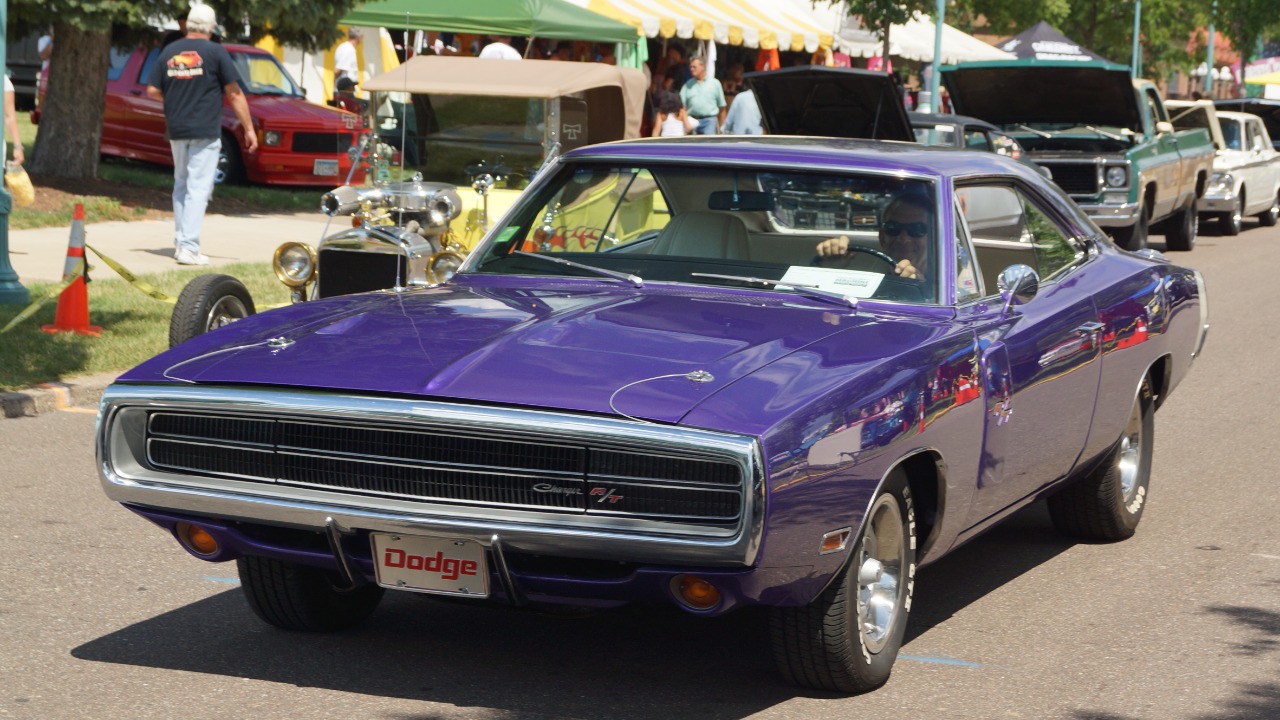
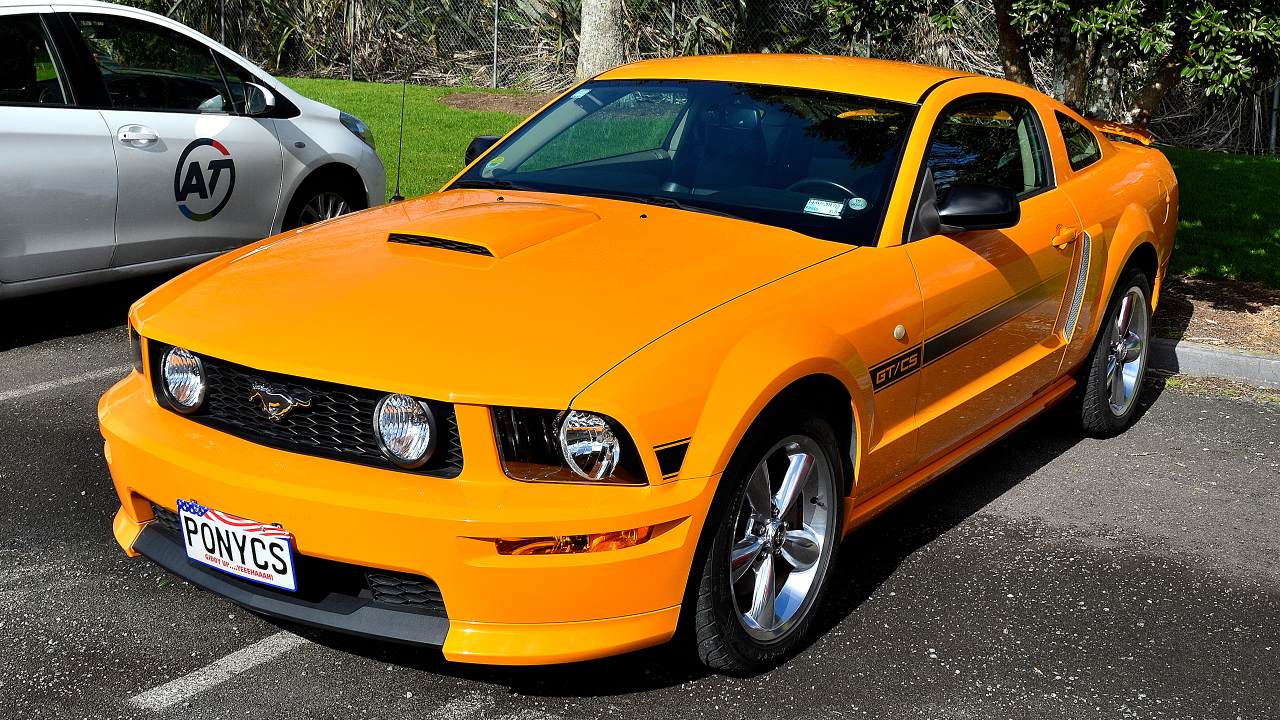



Leave a Reply